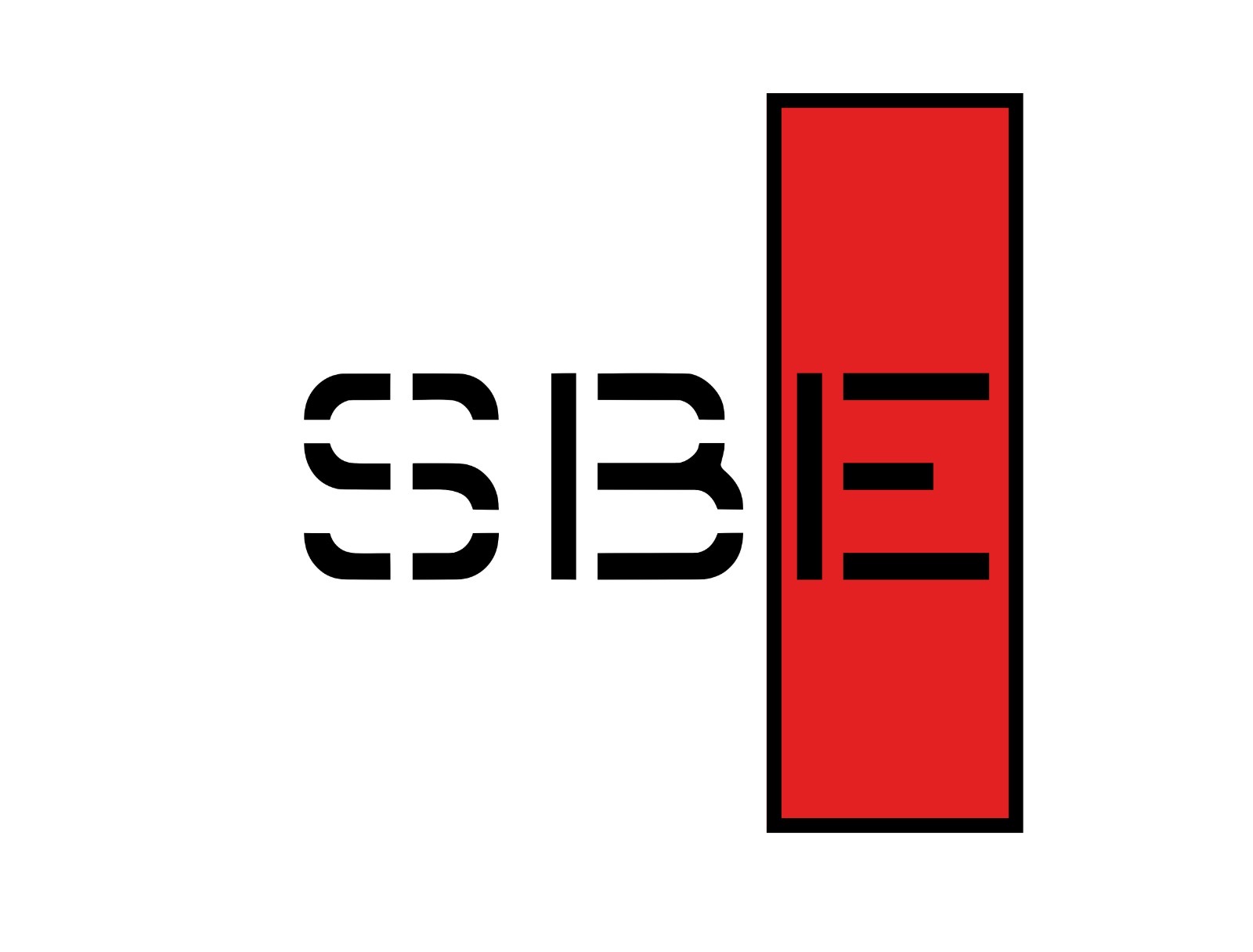Tractor tugs – VTD / ATD
1 – Voith Schneider Tractor Tugs – VTD.
In addition to creating an innovative cycloidal engine capable of moving tug in any direction, it moves the towing point aft and propulsion forward of amidships, transforming the tugboat from a “puller” into a “tractor”. A true revolution!
As described in the course dedicated to propellers, the VTD comprises two plates protruding a circular series of vertical blades rotating around their axis. The orientation of these blades determines the direction of the thrust.
This system makes it possible to keep the engine revolution constant and to vary the direction and speed of advancement using the blades, eliminating the need for the rudder and ensuring excellent manoeuvrability. In addition, the protection plates act like nozzles increasing propeller efficiency. VS propulsion produces little wash concerning other systems, which is better for manoeuvring performance in confined spaces.
It’s easy to recognize tugs with cycloidal propulsion from their imposing bow and the central position of the bridge, with a 360-degrees view, which allows you to navigate indifferently with the bow or stern.
The tow point is positioned far aft exactly in the middle of the skeg (usually at 0.1/0.2 x LOA, the length overall). The first advantage deriving is that the thrust of the propellers remains outside the towline (practically forward of this), guarantees an optimal yield for direction changes. The typical large skeg guarantees course stability.
These tugs are always equipped with sturdy fenders, both fore and aft, ensuring great versatility, allowing them to work without limits in the push and pull. In addition, the VS can push at the right angle when operating at the ship’s side also in crosswind condition.
The towing line length is controlled directly from the bridge through a joystick that operates on the winch.
The features we have talked about make Voith Schneiders very precise and responsive tugs; this is why they are among the most used in ports worldwide.
2 – Azimuth Tractor Tugs – ATD
We have an Azimuth Tractor Drive tug if we install two azimuth thrusters under the forebody instead of the cycloids. As we know, the basic idea behind an azimuth thruster is that the propeller can rotate 360 degrees around a vertical axis, giving omnidirectional control at the propeller thrust. Placed forward increases safety and manoeuvrability compared to an ASD and increases power compared to a VTD.
ATDs have winches close to, or immediately behind, amidship and tow from a point close to the stern to obtain the maximum longitudinal distance between the engine/steering position and the towing point.
The shape of these hulls is stubby, and the thrusters are located below the construction line at 0.3 x LOA forward, and it is precisely the position of the propellers that is the substantial difference with the ASDs. In addition, there are one or – in the new compact ATDs – two generously sized stern skegs to ensure better course stability.
The tractor tugs all have more or less the same characteristics. The ATDs generally, from the constructive point of view, are equipped with a less pronounced skeg than the VTDs, to offer better directional stability. In both cases, the control of the tug is quite simple, and the risk of capsizing is low.
They are very efficient at high speeds and can easily control the interactions in the ship’s vicinity. Moving sideways is also accurate because the propulsion units are close to the pivot point. The tractor tugs are the most suitable for manoeuvres in confined spaces for all these characteristics.
Looking at the downsides, the lower Bollard Pull than the ASDs and the pivot point close to the position of the thrusters make straight-line pulling more complex. As a result, they have difficulty maintaining a stable course when towing in the open sea. Furthermore, their draft is more profound than conventional tugs, and the risk of damaging the sophisticated, expensive, particularly exposed propellers is undoubtedly higher. For this reason, some manufacturers provide the azimuth tractor with Docking Plate or Open protective Frame, both useful for protection in grounding and docking.
There are other types of tugs, such as the electrically powered reverse tractor tugs (Damen electric RSD tugs); the “Rotor tugs” or ART, which use a patented system that includes two azimuth thrusters at forebody and one at the stern (Rotor tugs); the “Carousel tugs” with a particular towline rotation system that drastically limits the overturning moment (Carrousel Rave tugs) and so on; but those mentioned above are the most widespread nowadays.
We describe in the following topic another tug that, despite its characteristics and not yet widespread, deserves to be mentioned.
